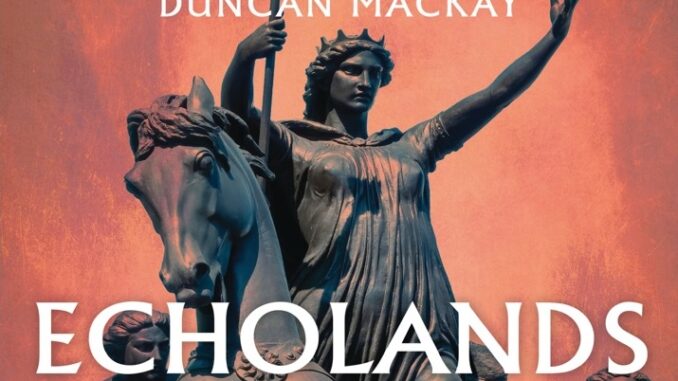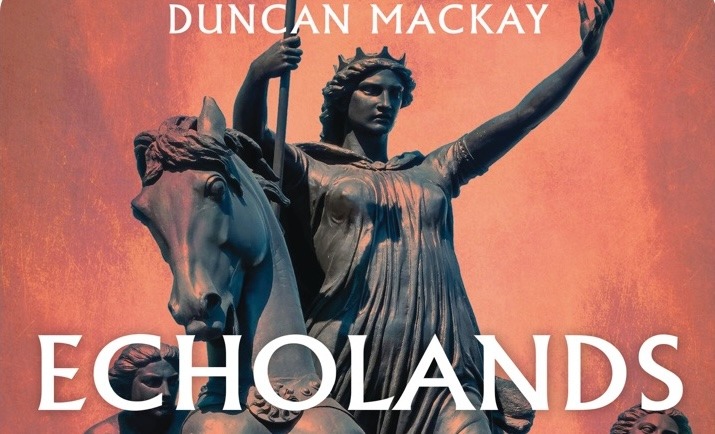
This is a wonderful, scholarly and fun read, an exploration of history and of landscape, as author and archeologist Duncan Mackay follows the Boudiccan uprising of 60BCE.
It looks at the evidence both written (sparse: basically Tacitus writing a century later) and archeological (growing, but subject to competing interpretations) and then tries to map this on the ground, using clues in the landscape, to give a compelling picture of the rebellion against Roman rule.
For more of this sort of stuff, follow StuffAboutLondon on social media. For details click here
Sign up here for my monthly newsletter, or follow me on Instagram, or the StuffAboutLondon Facebook page.
Mackay walks, cycles and drives the routes possibly taken by Boudica’s Iceni as they devastated first Camulodunum (today’s Colchester), the embryonic Londinium and then Verulamium (St Alban’s). He follows the roads taken by the 9th Legion as they marched to relieve the embattled citizens of Camulodunum, only to be wiped out within sight of the town, and those taken by Gaius Suetonius Paulinus’s 20th Legion as they came down from Ynys Mon (Anglesey) to a final showdown, which saw the slaughter of at least 40,000 men, women and children in the rebel camp.
It is a compelling read, zipping along with wit, imagination and humanity, mixing the historical and personal, the tangible and speculative, to fill in the story of the ultimately doomed rebellion and the conquest and subjugation of south east England.
A find in Colchester of hastily buried personal objects leads Mackay to try to recreate the Roman inhabitants’ desperate and futile defence against the overwhelming numbers of Boudica’s forces. A walk along the Colne valley in Roman caligae – the hobnailed sandals of a centurion; Mackay is literally walking in the shoes of his subject – leads the author to the place (in gentle hills, criss-crossed with small tributaries of the river) where he believes the 9th Legion was annihilated.
Discoveries of clusters of Roman lead slingshot ammunition just outside St Alban’s gives a hint as to the site of the final battle of the rebellion, when Paulinus’ forces, though hugely outnumbered, defeated their enemy, massacring them and their camp followers. “The troops gave no quarter, even to the women” says Tacitus, who claims Boudica took poison after the defeat.
While never falling into the trap of applying 21st century sensibilities or morality onto a two-thousand year old past, Mackay very convincingly conjures up the possible feelings, motives and spurs to action of those involved, bringing life and empathy to the history.
Strongly recommended. If you’re interested in the Roman Empire, Boudica or the transition from Celtic to Roman Britain, you will gain much from reading this book. If you’re not, it will make you a convert.

Buy this book (the website earns a small % for every purchase)
From Bookshop.org (UK only – supports independent booksellers)

